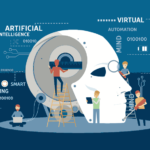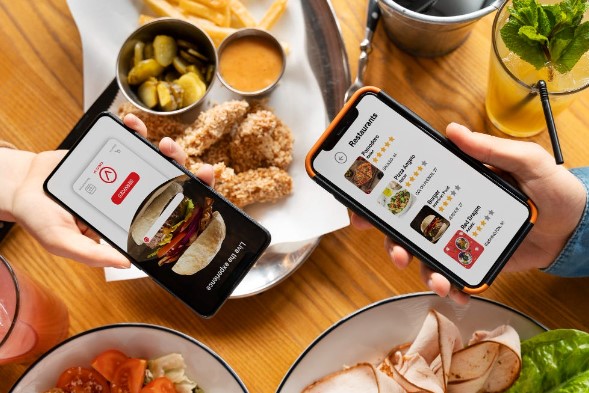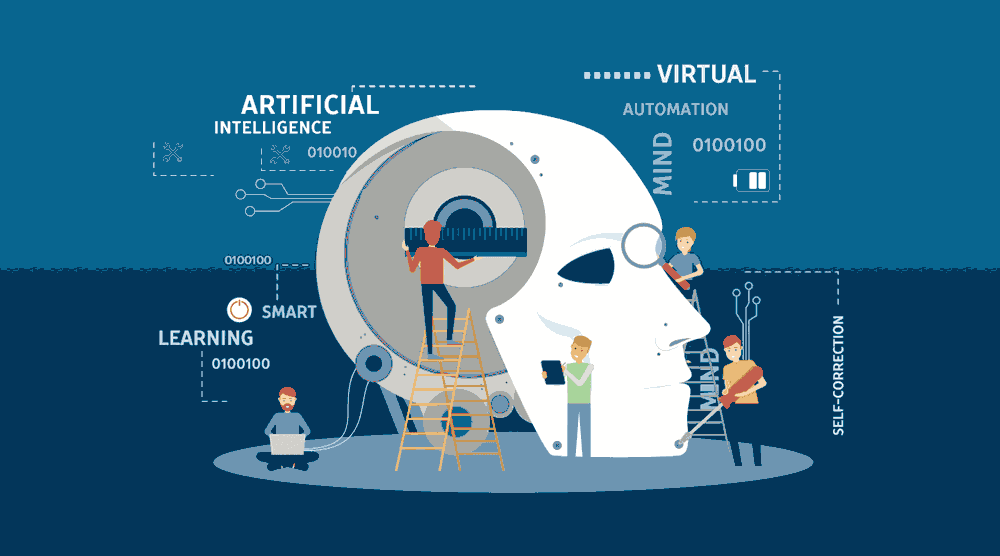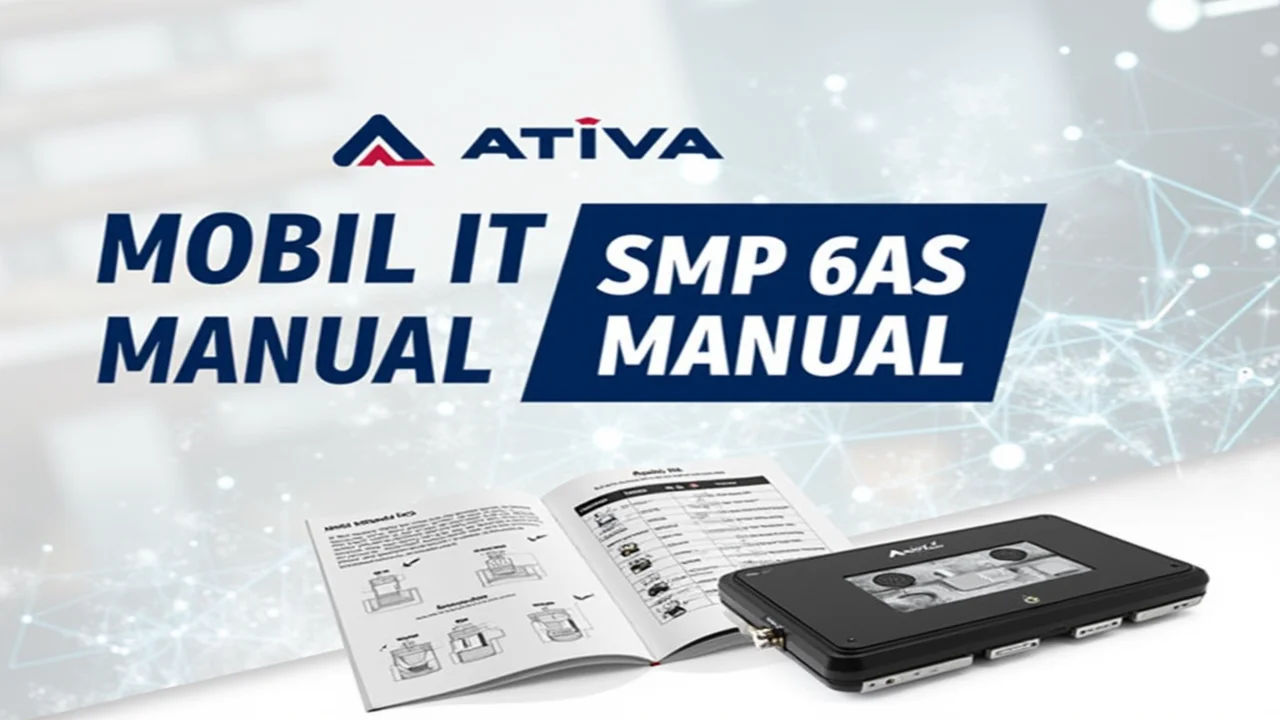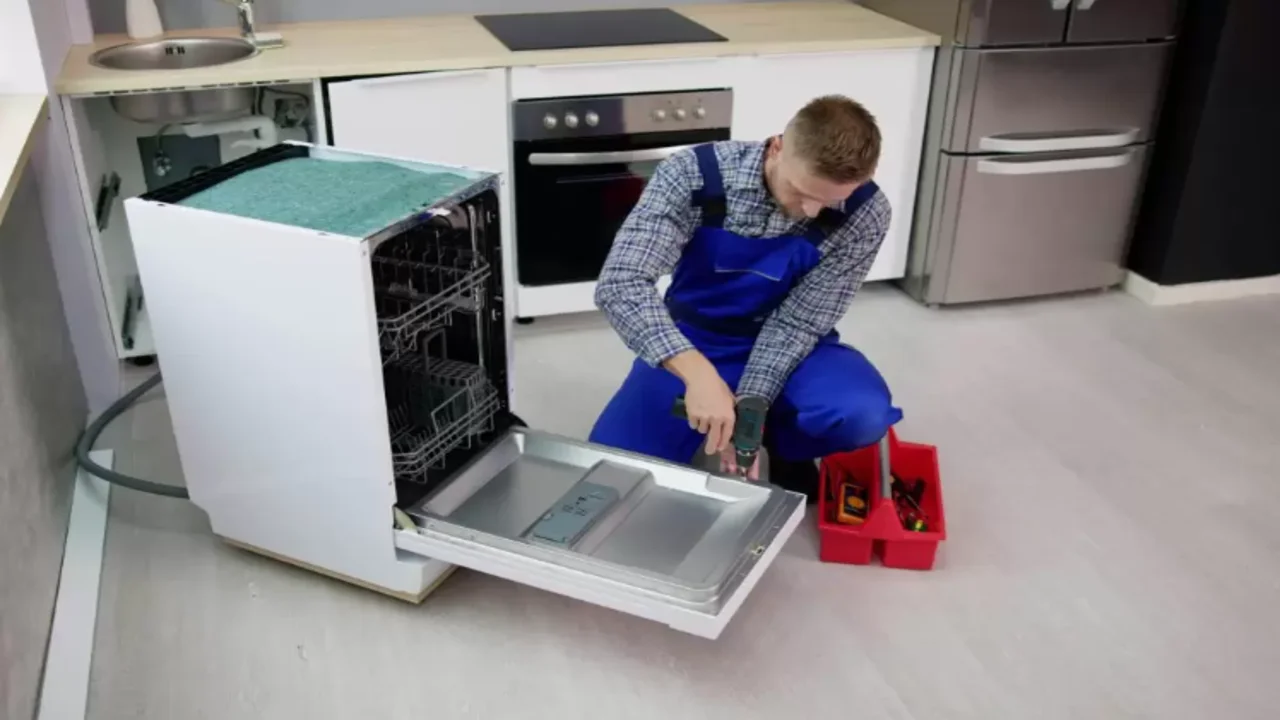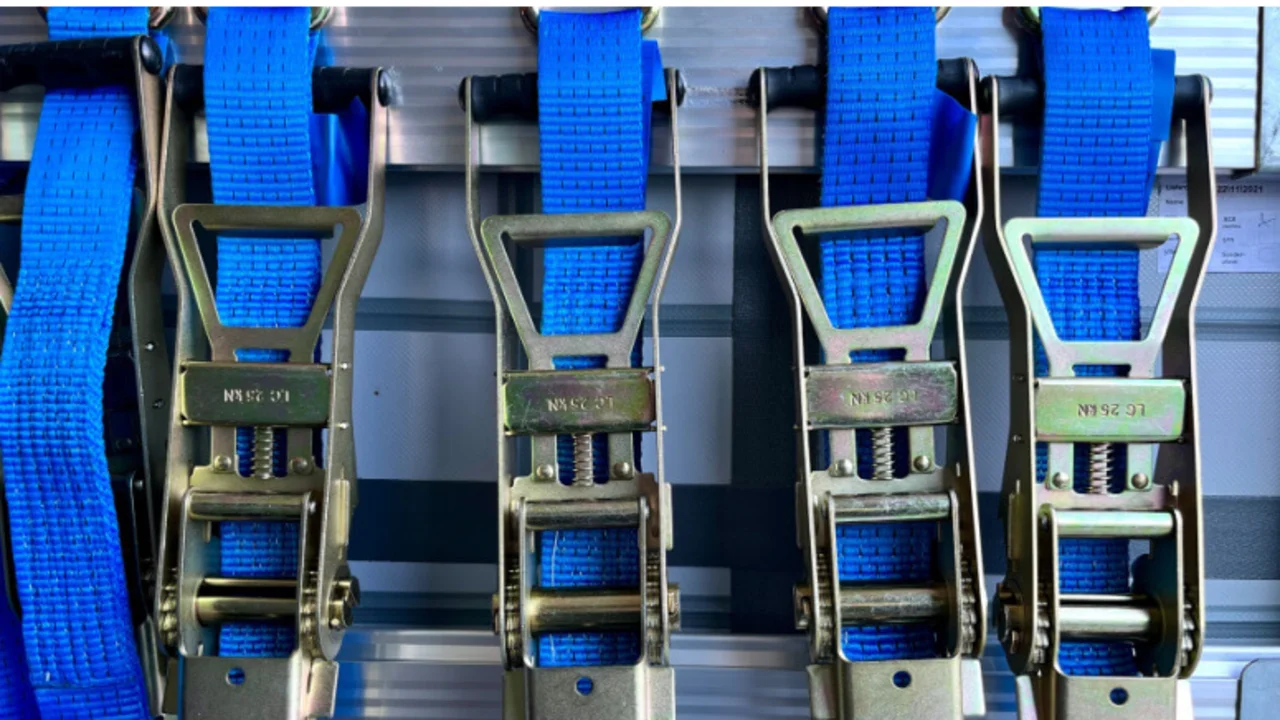The food delivery industry has seen an exponential boom in recent years, transforming the way we interact with restaurants and cuisine. In this digital age, consumers crave convenience and personalization, driving the demand for customized food delivery apps. These apps not only offer users the ability to order meals on-demand but also allow them to tailor their orders to their unique dietary preferences, lifestyle choices, and even health goals.
The Shift Toward Customization in Food Delivery
Traditional food delivery apps offer a wide array of choices from various restaurants, but they often lack flexibility in customizing orders. As consumers become more health-conscious and selective about what they eat, they are increasingly seeking apps that cater to their specific needs. Whether it’s a vegan lifestyle, keto diet, allergies, or just personal taste preferences, a customized food delivery app can provide an enhanced experience.
Customization involves more than simply adding or removing ingredients from a dish. It includes creating a system where users can choose meal plans, filter restaurants based on dietary preferences, track their nutritional intake, and even receive personalised recommendations based on their past orders and preferences. This evolving demand has encouraged many developers to create apps that go beyond the standard offering.
Key Features of a Customized Food Delivery App
To successfully develop a customised food delivery app, several essential features should be included to cater to the modern user’s expectations. Below are some of the top functionalities that define these apps:
- User Profiles and Preferences: Users should be able to create personalised profiles where they can input their dietary restrictions, preferred cuisines, and favourite restaurants. This allows the app to offer tailored recommendations based on their specific preferences. Moreover, integrating AI to analyse ordering patterns can help deliver increasingly personalised suggestions over time.
- Meal Customization: The ability to modify meal ingredients, portion sizes, and preparation methods is crucial. For example, a user should be able to order a pizza and choose between gluten-free crust, vegan cheese, or extra toppings. Such a feature not only enhances the user experience but also ensures the restaurant’s ability to meet diverse dietary needs.
- Nutritional Information and Health Tracking: One of the most appealing features of a customized food delivery app is the inclusion of nutritional data. Users today want more than taste—they want health-conscious options. By providing detailed information on calorie counts, macronutrient distribution, and possible allergens, users can make informed decisions. Furthermore, integration with health apps or fitness trackers can help customers align their food choices with their fitness goals.
- Advanced Search and Filters: Users appreciate the ability to filter options based on various parameters like cuisine type, restaurant ratings, delivery time, and diet preferences. Advanced search functionality allows users to quickly find what they’re looking for without sifting through endless menus.
- Subscription-Based Meal Plans: Subscription services have been a game-changer in the food delivery space. Customized apps can take this concept further by allowing users to subscribe to personalised meal plans, whether that’s daily lunches, weekly healthy dinners, or monthly family meals. Such services can increase user retention and ensure steady revenue for both the platform and restaurants.
- Integration with Local and Specialty Restaurants: While chain restaurants often dominate the food delivery market, a customized app can support local businesses and specialised eateries that cater to niche dietary preferences. Integrating such restaurants makes the app a one-stop solution for a wide array of customers.
- AI and Machine Learning for Personalised Recommendations: Artificial intelligence and machine learning can be pivotal in driving user engagement. These technologies allow apps to learn from user behaviour, including past orders, frequently searched items, and feedback, to provide hyper-personalised suggestions. The more the app understands its users, the more effective it becomes in suggesting restaurants, dishes, and even meal times based on their daily patterns.
The Development Process of a Customized Food Delivery App
Developing a customized food delivery app requires a multi-layered approach that encompasses both user-facing features and backend systems. Let’s break down the development process.
- Market Research and Target Audience Identification: Before diving into development, it’s crucial to conduct market research. This involves identifying the target demographic, their food preferences, dietary habits, and the challenges they face with existing food delivery solutions. Insights gathered from this research will inform the app’s key features.
- UI/UX Design: A seamless and intuitive user experience is essential in the food delivery industry. The app’s design should be clean, easy to navigate, and visually appealing. The customization process for meals should be as simple as possible, without overwhelming the user with too many steps.
- Backend Development: The backend development focuses on the server, databases, APIs, and other services that power the app. This includes creating algorithms for personalised recommendations, meal customization options, and real-time order tracking. Robust backend architecture ensures that the app runs smoothly even with high user traffic.
- Integration with Third-Party Services: Payment gateways, restaurant management systems, GPS for real-time delivery tracking, and health/fitness apps are all essential third-party integrations. Ensuring these work harmoniously will enhance the app’s functionality and reliability.
- Testing and Feedback: Before the app goes live, extensive testing is required to identify bugs and areas for improvement. Additionally, collecting feedback from a beta testing group can provide valuable insights into how users interact with the app and where adjustments need to be made.
- Launch and Marketing: A strong launch strategy that includes social media campaigns, partnerships with local restaurants, and promotions can drive early user adoption. Post-launch, it’s essential to continually monitor user feedback and implement updates to improve the app.
Benefits of Customized Food Delivery Apps
- Enhanced User Satisfaction: By providing personalised meal choices and recommendations, these apps cater to the diverse needs of today’s consumers, ensuring a higher level of satisfaction.
- Increased Revenue for Restaurants: Restaurants can benefit from such apps by offering customizable menus, attracting health-conscious customers, and even participating in subscription-based meal plans. This allows them to cater to a wider range of consumers who may not traditionally order from them.
- Loyalty and Retention: Customization fosters loyalty. When users feel that an app understands their preferences and delivers precisely what they want, they are more likely to stay with that app and continue using it over competitors.
Conclusion
The demand for customization in the food delivery industry is only growing as consumers seek convenience, flexibility, and personalization. Developing a customized food delivery app presents a lucrative opportunity for businesses willing to invest in advanced technology, user-friendly designs, and data-driven personalization. As this trend continues, the food delivery landscape will increasingly cater to individualised needs, revolutionising the way we think about convenience and cuisine.

